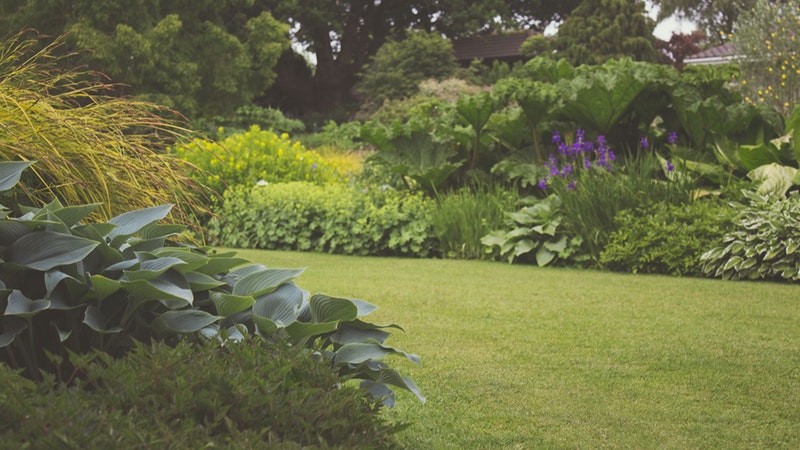Hugelkultur
Episode #2 of the course Advanced gardening by Alice Morgan
Hello, and welcome to Day 2 of the class! What if I told you that with a little upfront effort, you’d never have to do backbreaking work in your garden again? There would be no more digging, weeding, composting, or even watering. Would you believe me? Allow me to introduce you to an organic gardening method called Hugelkultur. While this style of gardening requires upfront effort, once your hugelkultur bed has been established, you can leave it for years with minimal effort and experience a bounty of fruits and vegetables.
Background
Hugelkultur (pronounced HOO-gul-culture) is actually a very old method of gardening. Think of it as a cross between composting and raised bed gardening. It was practiced by German and Eastern European societies for centuries before becoming popularized elsewhere. Hugelkultur is unique because it mimics the natural decomposition process of the forest floor. In a forest, when an old tree dies and falls to the ground, it begins the slow process of decomposition. As the tree become more porous, it sucks up water from precipitation, which is then slowly released into its surroundings. As time goes by, plants begin to grow on and in the log and receive the nutrients directly from the source.
Materials
To build your Hugelkultur bed, you’re going to need lots of logs, branches, compost material, topsoil, and mulching material. These last two ingredients are for the top of the mound to help with soil fertility and weed suppression. When choosing wood, try and mix hardwood (which will take longer to decay, but increase the nutrients in your soil over time) and softwoods (which will decay quickly and give the soils a quick burst of fertilizer). Avoid black locust, cedar, and black walnut because they are allelopathic, meaning they can be poisonous to other plants.
Construction
The only real consideration to make when selecting a site for a hugelkultur bed is the amount of space it will take up. A good bed is at least six feet (1.8 meters) by three feet (.9 meters), though you can make them longer if you’d like.
To begin construction, dig a one- to two-foot (0.3 to 0.6 meters) trench where you want your hugelkultur bed to be. To increase the life of your bed, fill the bottom of the trench with large chunks of wood up the top edge of the hole. Place the largest pieces of wood at the bottom of the pile, followed by the medium pieces, and finally the smallest pieces on the top. Fill in all the gaps with compost material, and wet the pile down with water as you go. Finally, top the new bed off with topsoil and a layer of mulch. You can plant immediately, but allowing the pile to settle for a month or two will provide more nutrients to your seedlings. For the first year of planting, choose plants that don’t need much nitrogen, or cultivate nitrogen fixers like beans and peas, because a high percentage of nitrogen is tied up in young hugelkultur beds as they begin to decompose. Once your bed has made it through a growing season, you should be able to neglect it and reap the benefits of a carefully cultivated garden.
Advantages
Hugelkultur has many advantages over traditional gardening practices. First, it’s excellent for areas that have heavy soil compaction or depleted nutrients. As a hill-based bed, it increases the max surface area of the garden bed, allowing you to fit more plants onto the structure. It is much easier to maintain, particularly for elderly or adaptive gardeners, because its height eliminates the need to stoop over or kneel. Hugelkultur beds are their own compost and irrigation system and can supply their own needs up to 20 years. They often do not need to be watered at all.
Disadvantages
As a whole, the advantages of Hugelkultur outweighs the disadvantages, but it’s important to take everything into consideration to decide if this gardening method is for you. While they are inexpensive to maintain, it will involve a substantial effort of time or money to find all the woody material and dig the beds. Also, hugelkultur beds can be odd and bulky looking. If aesthetics are a major garden concern for you, you may want to steer away from this technique.
I hope you enjoyed learning about hugelkultur. Tomorrow, we’ll move on to cover crops!
Recommended reading
The Many Benefits of Hugelkultur
Recommended book
Share with friends

